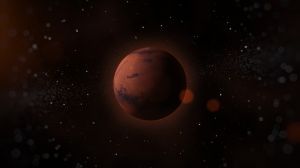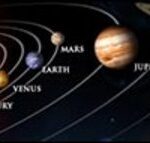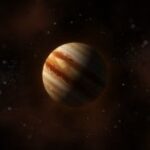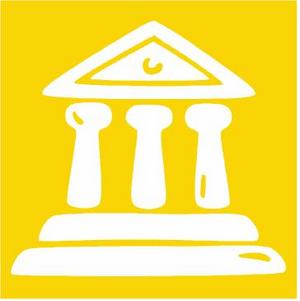Searching for facts about Mars? Are you a teacher working on a lesson plan about the planets? Do you home school your children and are developing curriculum about the solar system? Just want to share some random facts about Mars? Here are a few fun facts about the planet Mars.
Mars Fact #1: If you jumped on Mars, you would jump a lot higher than on Earth.
The gravity (force that pulls you close to the ground) on Mars is not as strong as it is on Earth. Therefore, if you landed on Mars, and jumped you would go a lot higher in the air. You would weigh less on Mars than on Earth. If you weigh 100 lbs, you would weigh approximately 38 pounds on Mars.
Mars Fact #2: Mars travels around the sun in about 687 Earth days.
All planets orbit, which means move around, the sun. It takes Mars approximately 687 Earth days to go around the sun once. While it also orbits, Mars also spins around like the Earth does. A day on Earth is 23 hours, 56 minutes long. However, a day (the time it takes to spin on its axis) on Mars is 24 hours, 37 minutes long.
Mars Fact #3: Mars consists of mostly rock.
The majority of the land on Mars is of rock. Planets that are mostly rock are called terrestial planets. The Earth is a terrestial planet, as is Mercury and Venus. Mars also has thousands of craters, which are like dents in the ground. The biggest crater is about the size of Texas.
Mars Fact #4: Mars was named by the Romans.
By the 5th century B.C., Romans had given the Planet the name Mars, after their god of War. About four thousand years ago, the Egyptians would refer to Mars as Har Decher, which translates to “the red one.” A few centuries after that, the Babylonians called it NIrgal, for the “Star of Death.” Mars gives an orange-red glow., and it is believed they name it that because it has the same color as blood.
Mars Fact #5: Mars has two moons.
The moons on Mars, Phobos and Deimos, were named by Asaph Hall, an American astronomer. He named them after the sons of the Greek god Area, the equal of Mars. They are each less than 17 miles across. Both of them are shaped like potatoes. Astronomers believe these moons were once asteroids, but got trapped by the gravity of Mars.
Mars Fact #6: Mars is about half the diameter of earth.
The planet is only about half the size in diameter of the earth. It’s about the distance from New York to San Francisco. Because there are no oceans on Mars, the amount of land is about the same as on Earth. The sun is about 200 times larger than Mars.
Mars Fact #7: The maximum temperature on Mars is about 23 degrees.
Mars is a very cold planet. Even in its warmest spots, the maximum temperature is about 23 degrees farenheit or -5 degrees celsius. It’s minimum temperature is about -125 degrees farenheit or -87 degrees celsius. Water cannot exist in liquid form on Mars, although it is believed there might have once been rivers and streams on Mars. It is mostly a very cold dessert
Mars Fact #8: Mars has volcanoes.
Just like Earth, Mars has several inactive volcanoes. It has a giant inactive volcano called Olympus Mons. It is about three times the size of Mt. Everest and is probably the biggest volcano in the solar system.
Mars Fact #9: Mars has polar ice caps.
Polar ice caps on Mars were discovered by astronomers in 1666. It was later discovered that these polar caps are carbon dioxide ice.
Mars Fact #10: Scientists are experimenting with biospheres on Earth, as practice for possibly living on Mars one day.
Near Tucson, AZ there is a large biosphere. It is an airtight container where inhabitants can grow food, take care of animals, and produce oxygen. Scientists hope to one day build biospheres on Mars where people can live on Mars. Some scientists believe that planetary engineering could make Mars like Earth and completely change the climate.
These are just a few random facts about the planet Mars, the fourth planet in the solar system. Read these articles for more insight on the planet Mars. Happy Learning!
Sources:
Mars by Elaine Landua
11 Planets: A New View of the Solar System by David Aguilar
Exploring the Solar System by Mary Kay Carson
Mars by Stuart Murray (Eyewitness Books)





